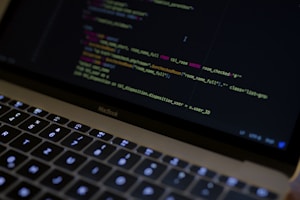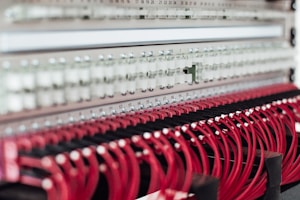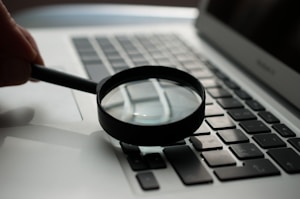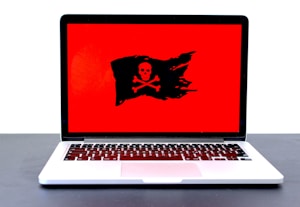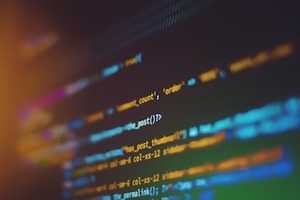There is a huge difference between the information systems that were run on older operating systems and modern information systems. To begin with, the legacy information systems were not compatible with other systems, and one could not move information from the system to use in a different set-up. The legacy systems also tended to be slow and clumsy in their performance and could not deal with massive amounts of information at a time. This is the reason they were not reliable information systems. Whenever they were used, then someone had to be employed to look after the systems and the information getting into and out of these legacy systems. They were like databases only that the interface via which information was entered and presented to the user was programmed to make it easier to interface with the information system.
Additionally, the legacy information systems did not network the information or keep several copies of the data as they were closed-loop systems that could not interact with other systems at the time. However, they were still useful and way better than manual systems for information management, and the computations they performed were still reasonable according to scientific standards.
By comparison, modern information systems are the complete opposite of legacy information systems. They have capabilities that far exceed their users’ expectations and mostly have distributed information capabilities that enable the users to interact with the information stored on these systems from applications on other devices or through a website. This means that remote workers get to access the information in the modern information system, view it, make changes, and have these changes saved in the database embedded into the system. The users and administrators of the modern information systems are also provided with a means of accessing the information securely. Every attempt at logging in is noted down and recorded for reference purposes.
Making changes to the records on modern information systems will usually lead to a fork on the files that have been affected. All these changes can be viewed as a history of the information, and even when someone has made changes that were not supposed to be affected in the first place, the administrator can still revert to a previous snapshot of the records, thus preserving and maintaining the integrity of the information on the system.
Modern information systems can span across several usage platforms. The information is usable across devices as universal means of transporting the said information are available and designed to enable the system users to access the information from all devices. Representation of this information is also more advanced. Modern charts and graphs are being used to simplify the statistics about the information and make sure that it is friendly, easy, and readable to all kinds of people who deal with the modern information systems regularly.


